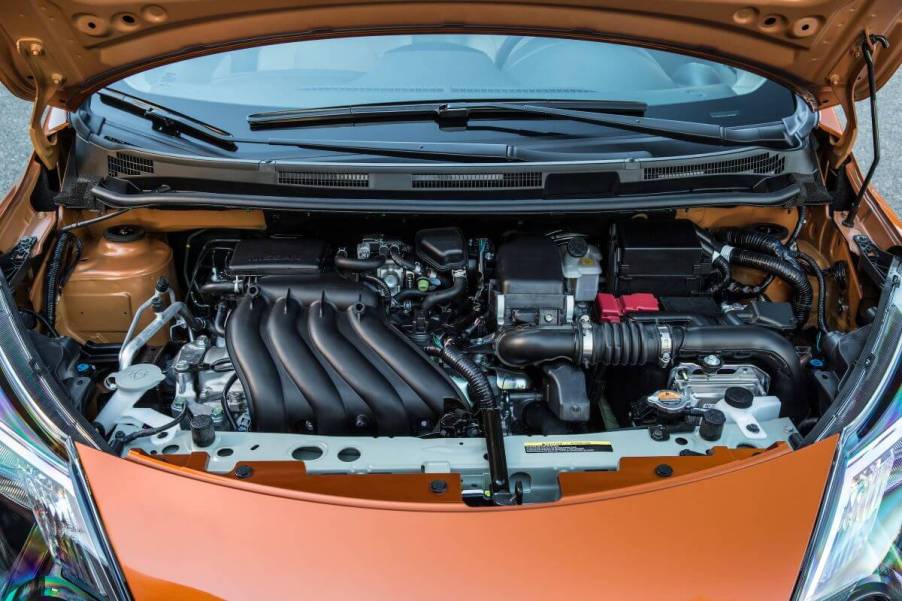
6 Attributes of an Economy Car
A lot of factors are usually considered when going car shopping. These factors could be the vehicle’s size, how well it performs on the road, or even how comfortable it is. All these depend on the interests of the consumer. Most buyers would aim to purchase budget-friendly cars that save on costs and with inexpensive maintenance. Many car enthusiasts and just regular consumers know the term economy car as a cheap option for first-time or budget-minded buyers, but where does the term come from, and what exactly does it mean?
1. Compact to subcompact
Firstly, the most common attribute of an economy car is that it has to be small and easy to maneuver and park. This is why an economy car is usually a compact or subcompact car. In the past, compact cars were smaller, which came in handy as they were easier to drive. Nowadays, compact cars may be a lot larger, and they are more complex to operate. The site Car.com informs that this divides the category of vehicles into standard compact cars and those that fit the economy car category.
2. A very low base price for purchase
Since the whole concept of an economy car is that it can save on costs, it has to be cheap in the first place. A low base price is an essential attribute to make it affordable to most consumers. In 1990, this base price was just over $15,000 for a brand-new vehicle. Nowadays, vehicles are more advanced, and so is their technology, so the current base price is higher on average.
3. Low operating and maintenance costs
According to Definitions, an economy car is a vehicle with lower purchase and operation costs. Therefore, you would expect to spend very little cash on the car. So, the third attribute is that it has to have low operation and maintenance costs. Economy cars have been performing well in terms of reliability since they hardly have maintenance issues, and when they do, they’re cheaper to fix. Additionally, making an economy car shouldn’t be costly, so it also has to have low production costs.
4. Great fuel economy ratings
Fuel is one of the regular expenses for a vehicle owner. Because an economy car aims to lower all possible expenses, its owner shouldn’t be spending much on fuel. Therefore, an economy car should have good fuel economy. In the past, economy cars would have a fuel economy of up to 47 mpg, but since recent vehicles are heavier for safety purposes, a modern one can have a gas mileage of 33 mpg.
5. A small engine

Since an economy car is supposed to have good gas mileage, it should certainly have a smaller engine. Small engines require less fuel than larger ones. Most vehicles with low fuel economy ratings usually have larger and more powerful engines. This is common, especially with SUVs, which generally aim to generate more power instead of reducing fuel consumption.
6. A two-door and hatchback build
Traditionally, old economy cars had two doors and a hatchback, so they had an even smaller body while maximizing their cargo capacity. However, economy cars in the modern world are mostly four-door sedans with above-average fuel economy ratings. Two-door options are fewer and harder to find on the market, primarily due to safety reasons. Additionally, larger compact cars have standard safety features such as automatic emergency braking, and they are generally safer than smaller economy cars.



